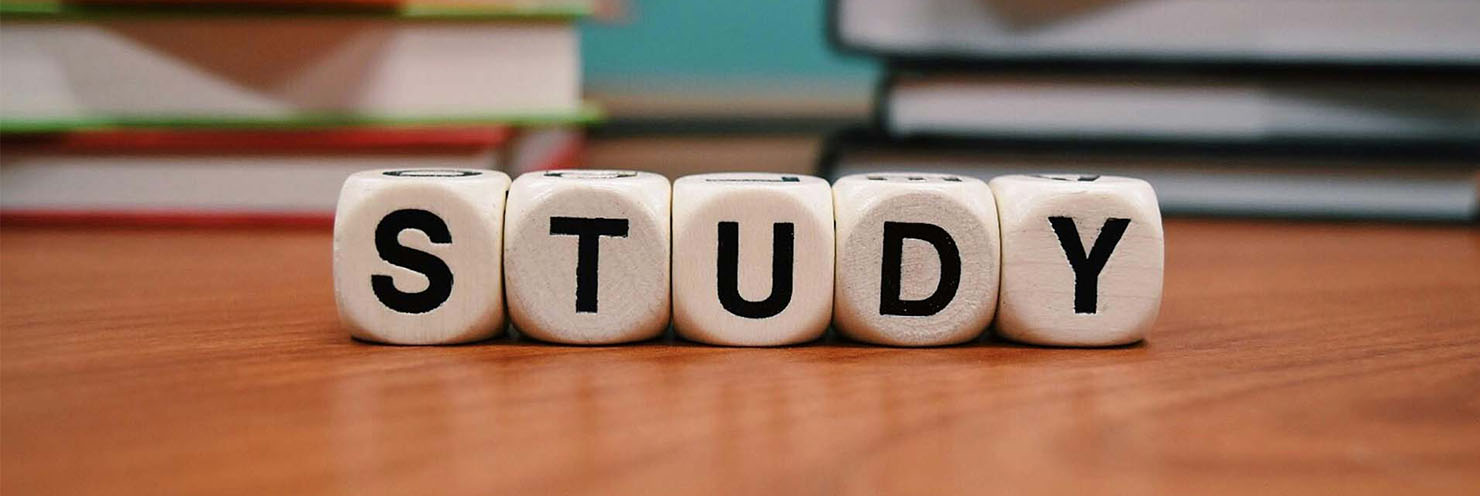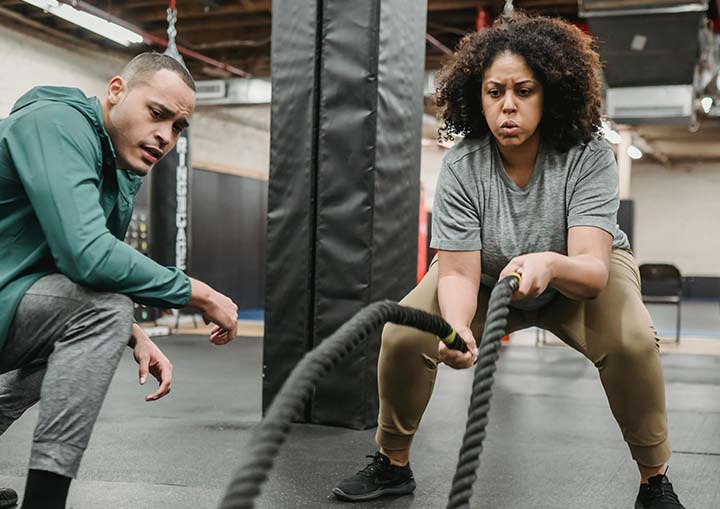
BTEC Sport & Physical Activity (Expended Diploma)
Get insights into the curriculum we offer, discover the topics and skills you’ll learn with us and find out why this is a great subject to study with us

The BTEC Level 3 Extended Diploma in Sport and Physical Activity is an engaging and comprehensive course designed for students with a passion for sports and fitness. This qualification delves into various aspects of the sports industry, including coaching techniques, sports development, fitness training, and the science behind sports performance. Students gain a deep understanding of how to enhance athletic performance, promote healthy lifestyles, and manage sports events.
The course emphasizes practical learning through hands-on training and theoretical study, covering topics like anatomy and physiology, sports psychology, and nutrition. These components equip students with the necessary skills to assess and improve physical fitness and athletic performance effectively.
Assessments in this diploma are varied, including coursework, practical demonstrations, and written assignments, which allow students to apply their knowledge in real-life contexts. Graduates of the Extended Diploma are well-prepared for careers in sports coaching, fitness training, sports therapy, or further studies in sports science or physical education.
Entry requirements: Grade 4 in GCSE PE or Distinction in BTEC/OCR Sports Studies and Grade 4 in GCSE English and Science
Course content
You will learn the theoretical, biological and mechanical knowledge of different body systems
and how they impact directly on sport. You will develop practical skills needed to work within the
sporting environment, such as how large sporting organisations are run and how to effectively plan,
implement and deliver sporting events to a large audience. You will undertake an in-depth analysis
researching the importance and necessity of adequate nutrition and hydration, identifying its
importance for elite performance. Students complete a total of seventeen units for the qualification, thirteen mandatory units alongside four optional units.
• Body Systems and the Effects of Physical Activity
• Sports Coaching and Activity Leadership
• Sports Organisation and Development
• Working Safely in Sports, Exercise, Health and Leisure
• Performance Analysis in Sport and Exercise
• Group Exercise to Music
• Improving Fitness for Sport and Physical Activity
• Organisation of Sports Events
• Physical Activity for Specific Groups
• Nutrition and Diet for Sport and Exercise
• Health and Fitness Testing for Sport and Exercise
• Working in Active Leisure Facilities
• Sports Injuries and Rehabilitation
• Practical Skills in Sport and Physical Activities
• Sport and Exercise Psychology
• Sport and Exercise Sociology
• The Business of Sport
Assessment
Assessment is specifically designed to fit the purpose and objective of this qualification. It includes a range of assessment types and styles suited to vocational qualifications in the sector. For this
qualification, there are two main forms of assessment; internal and synoptic. Internally-assessed units: Most units on this qualification are internally assessed. This means that the school will set and assess the assignments, which will be externally moderated by OCR. External assessment: Four units on this qualification are externally assessed. Students will sit written exam papers based on the qualification content.
What you can do next?
Sport and Physical Activity can open up a vast array of career paths. Students studying this course will have developed the analytical, evaluative and critical thinking skills required to undertake
degree-level study in Sports Science, PGCE Teacher Training, Sports psychology, Sports Development and sports physiotherapy/rehabilitation. For those not wishing to continue with higher education, there are a range of apprenticeships and employment opportunities in sports coaching, officiating and administration and additional training opportunities for those interested in becoming Personal Trainers and Fitness Instructors.